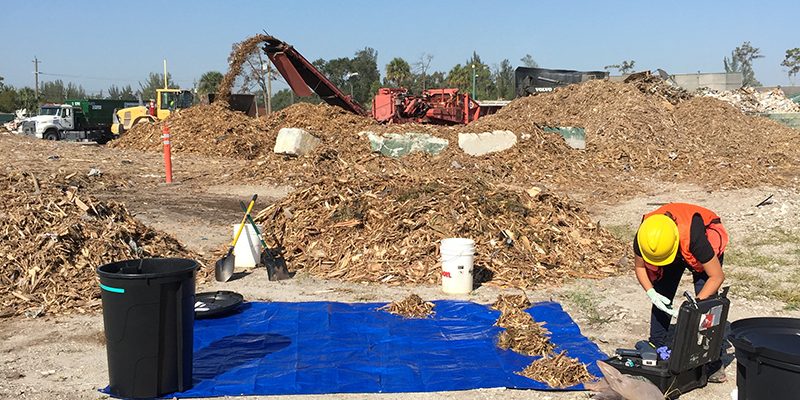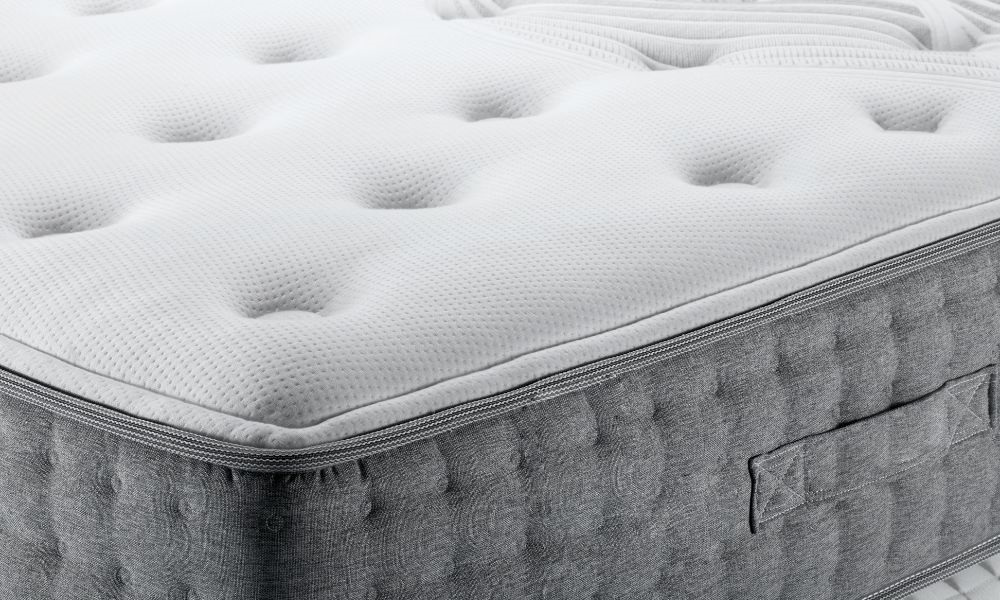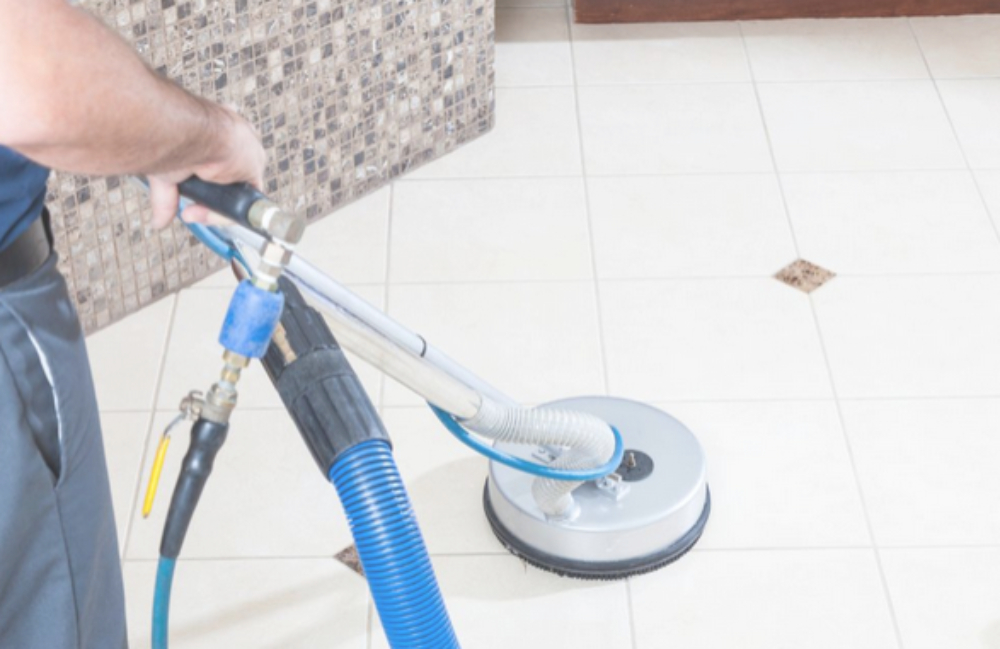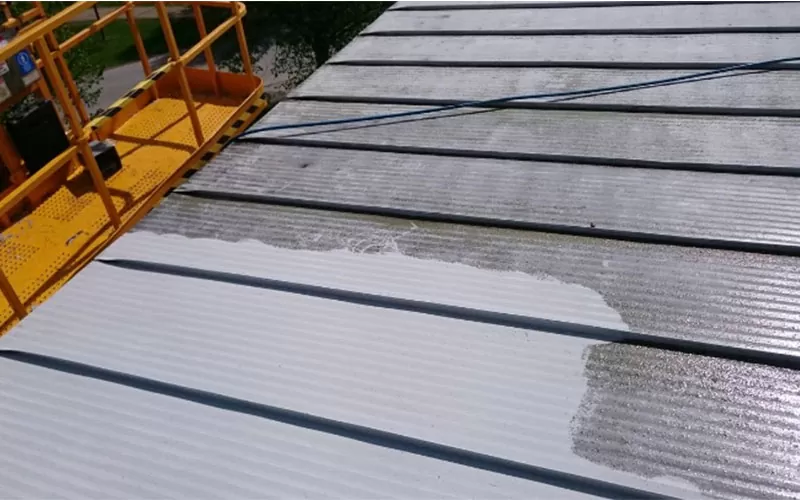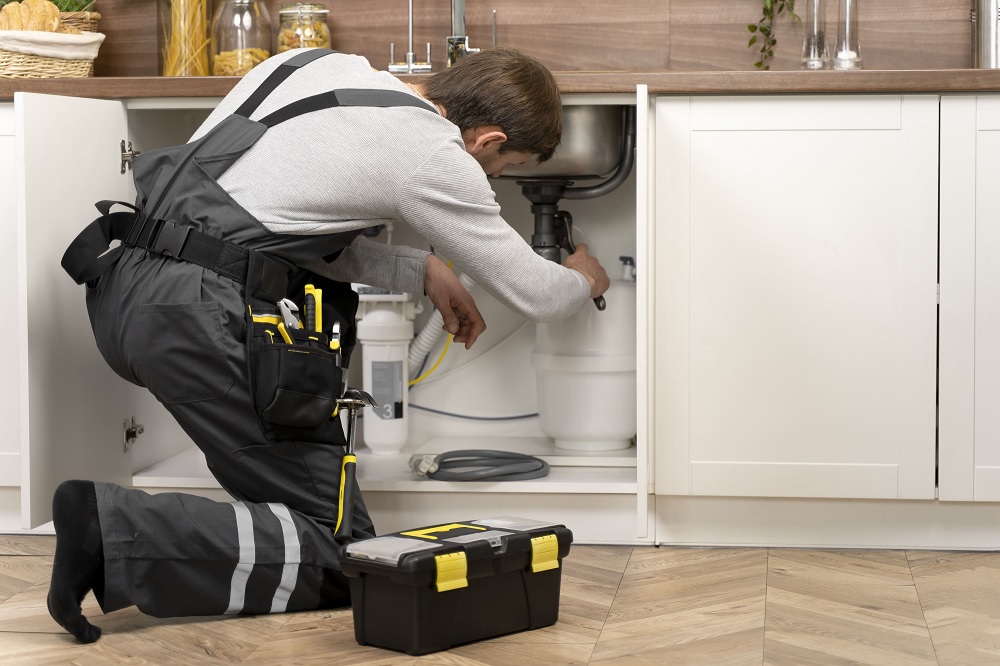Building and construction industry is challenging in its own unique way. Apart from being the most growing industry, this industry produces one of the largest amounts of recycled and reusable waste and debris. For Toronto dump contractors, the priority lies in finding the most effective and cost-effective method of construction waste management. Best practices should include safety measures, regulations, labor union rules, weather, and subcontractor relations. Here are the details:
Construction Waste:
Construction waste is the leftover material produced on the construction site. These can be the leftovers of rebar, roofing shingles, etc.
Types of construction waste:
Construction and demolition waste are of following types:
- New construction waste: New material scraps, packages, etc
- Debris produced from old building from remodeling and demolition: Old wood, insulation, plaster, bricks, fixtures, appliances, etc.
- Debris from civil projects like highways, freeways, and bridges: Concrete, asphalt, rubber, etc.
While some of the debris can be reused, few are hazardous and nonreusable also.
Recyclable materials:
Most of the construction material is recyclable like concrete, porcelain, plastics, tile, lumber, metals, carpet, insulation, etc. You can use inert materials for road base, cardboard, and paper that can be reused. Wood can be cleaned for biomass and mulch, dirt, rock, and landfill can be used as a refill, crushed concrete, drywall, and gypsum can be reused.
Hazardous materials:
Following list of materials can be hazardous like aerosol cans, empty containers, asbestos, lead, mercury-containing bulbs, lamps, PCB containing light ballasts, paints, and thinners,
Deconstruction materials:
Deconstruction refers to dismantling pieces of building to collect valuable and reusable building materials. Demolition produces a large amount of solid waste. Deconstructed materials include items like doors, windows, flooring, ceiling, roofing, blinds, and fixtures, etc.
Best practices for construction waste management:
Follow three rules for proper waste management:
1) Proper management of hazardous waste
2) Try to recycle and reuse as much as possible
3) Deconstruct the building and not demolish.
Tips to use the building material:
1) Separate each useful material instead of mixing them like lumber, fixtures, hardware, and appliances.
2) Follow deconstruction rule and remove the material systematically and carefully.
3) Try to reuse and recycle as much as possible
4) Try to make outlets so that other organizations can collect or purchase them.
How to recycle building waste?
Now you can recycle building material:
1) All types of wood like reclaimed or composite can be recycled and reused.
2) Avoid the reuse or recycling of hazardous substances like Chromated Copper Arsenate (CCA)
3) Other materials like asphalt, masonry, concrete, and rubble can be recycled.
4) Metals including steel, copper, and brass can be recycled.
Take away point:
You need to call Toronto dump professionals to collect the debris for trash hauling and site cleanup. They will destroy the hazardous materials and will recycle and reuse the other materials.

